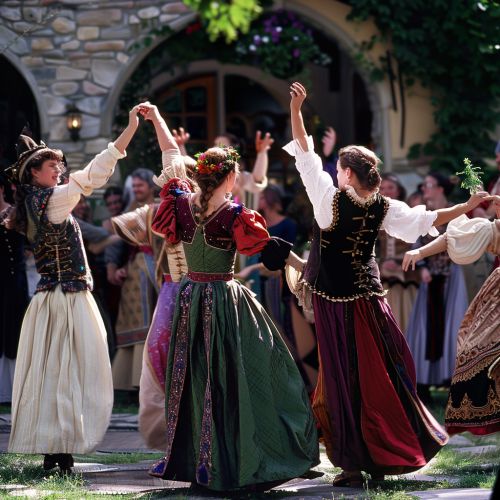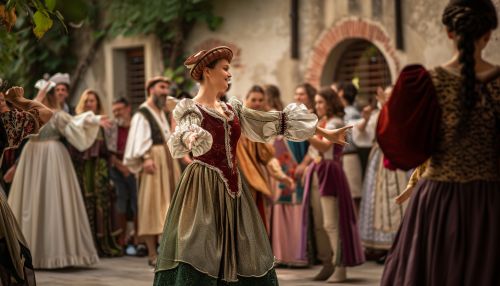History of Ballet
Origins of Ballet
Ballet originated in the Italian courts of the 15th and 16th centuries. It was an interpretation of fencing as a dance form, with participants using their bodies to communicate and tell a story. The term "ballet" comes from the Italian word "ballare," which means "to dance."


Development in France and Russia
Ballet was further developed in France and Russia, becoming a concert dance form. In the 17th century, King Louis XIV of France founded the Royal Academy of Dance, establishing ballet as a recognized art form. The development of ballet in Russia was largely influenced by the French, and it was during this time that many of the traditional ballet stories we know today, such as Swan Lake and The Nutcracker, were first created.
Ballet Technique
Ballet technique is the foundational principles of body movement and form used in ballet. It is an important aspect of ballet performance because it is the basis of all ballet movement. The technique is based on turnout (the outward rotation of the legs from the hips), pointe work (dancing on the tips of the toes), extensions (the ability to lift and hold the leg high), and elevation (the ability to jump high).
Ballet Training
Ballet training begins at a young age and involves rigorous training to develop the strength, flexibility, and technique needed for ballet. Training typically includes learning ballet vocabulary and choreography, ballet history, and music. Many ballet dancers train at a ballet school, and some go on to dance professionally in a ballet company.
Ballet Styles
There are several styles of ballet, each with its own unique characteristics and techniques. These include Classical ballet, Romantic ballet, Neoclassical ballet, and Contemporary ballet.
Ballet in Popular Culture
Ballet has had a significant influence on popular culture, particularly in the areas of music, cinema, and fashion. It has been featured in numerous films and TV shows, and many fashion designers have drawn inspiration from ballet costumes and aesthetics.
